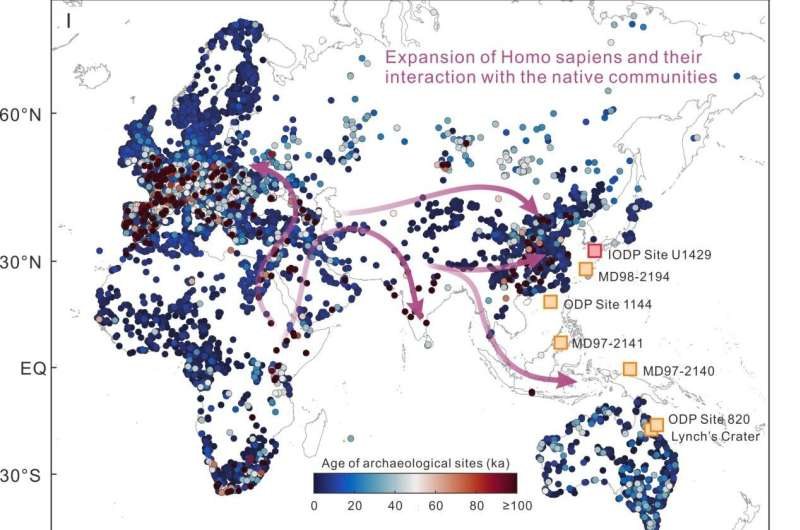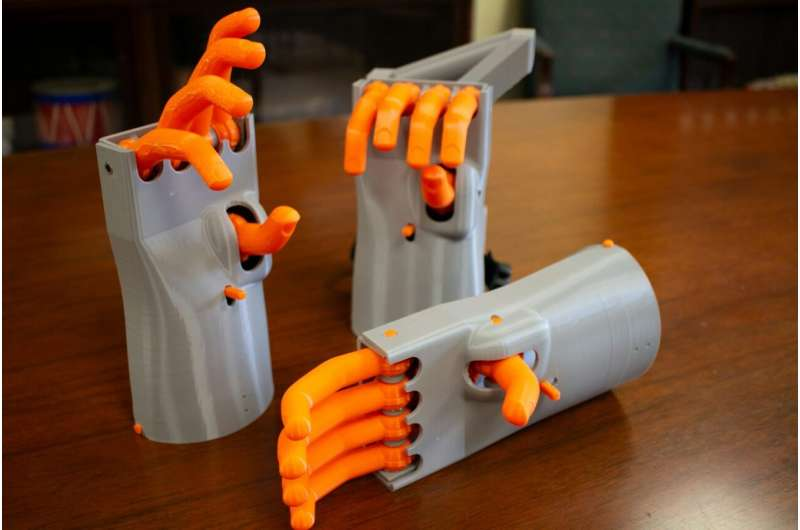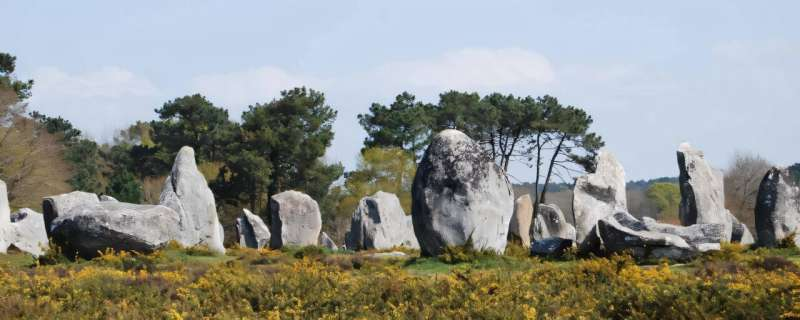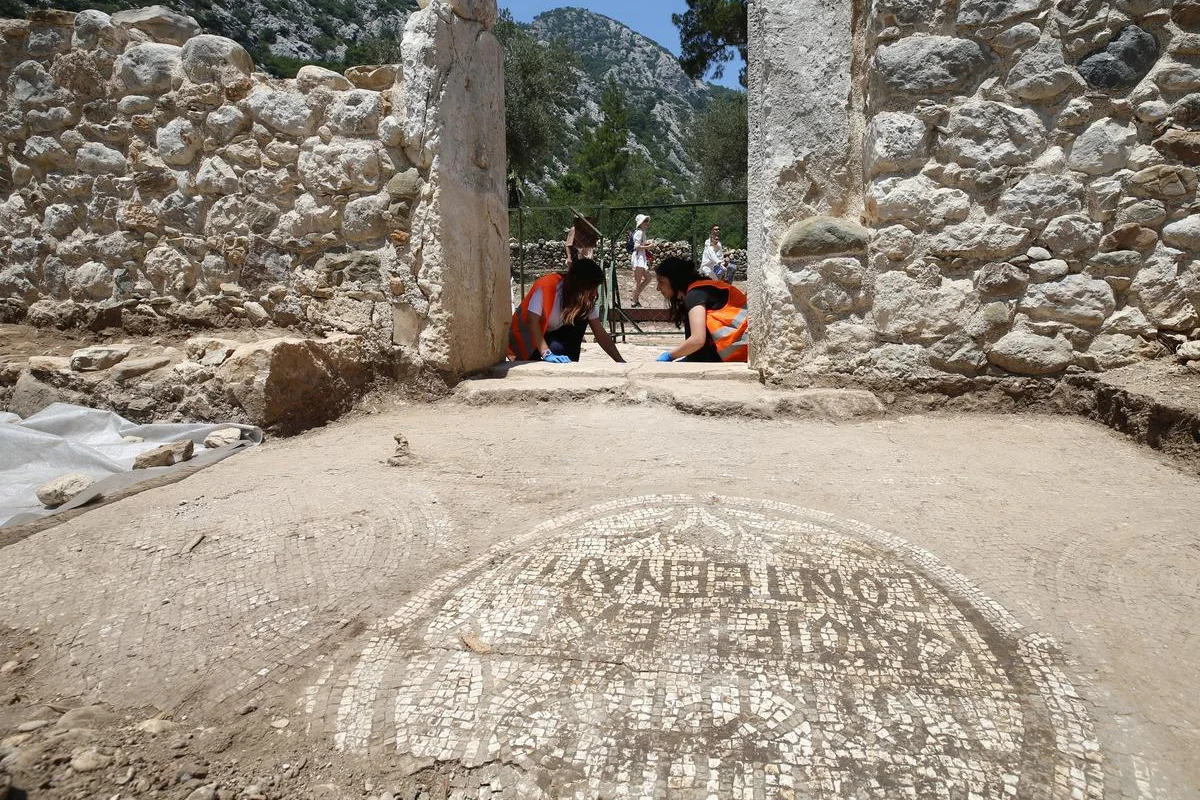BY THE ARCHAEOLOGIST EDITOR GROUP
The Haka, a traditional war dance of the Maori people, is a riveting embodiment of the history, strength, and spirit of New Zealand. It is an art form that has been carefully preserved and handed down through generations, maintaining its cultural significance and impact from ancient times to modern-day performances in diverse settings such as sports events and wedding ceremonies.
The Historical Roots of the Haka
The history of the Haka is deeply intertwined with Maori culture and the indigenous people's warrior traditions. The Maori, who migrated to New Zealand from Polynesian islands around 1000 AD, brought with them an array of customs and traditions, among which was the Haka.
The word "Haka" means "dance" in the Maori language, but it doesn't merely refer to a dance in the conventional sense. The Haka is a complex performance combining dance, song, and chanting. It was traditionally used on the battlefield as well as during peaceful ceremonies to display the tribe's pride, strength, and unity.
In the context of warfare, the Haka was an integral part of the warriors' preparation. It served as a psychological warfare tool to intimidate the enemy, showcasing the strength and prowess of the Maori warriors before the battle commenced. The warriors would make fierce facial expressions - bulging their eyes, sticking out their tongues - and perform vigorous movements and rhythmic foot-stamping in unison, creating an awe-inspiring spectacle.
The Haka in Modern Times: Sports and Ceremonies
In contemporary times, the Haka has found its place in various aspects of New Zealand's society and culture. The most globally recognized display of the Haka is seen in sports, especially rugby. The New Zealand national rugby team, the All Blacks, has performed the 'Ka Mate' Haka before games since 1905, a tradition that has become one of the most iconic rituals in international sports. The Haka serves as both a challenge to opponents and a demonstration of unity and strength.
The 'Ka Mate' Haka, composed by the Maori chieftain Te Rauparaha in the early 19th century, is the most commonly performed Haka. It tells the story of Te Rauparaha's narrow escape from death during a conflict, symbolizing the eternal struggle between life and death. However, there are many different Haka, each with their own unique story and significance.
Another modern use of the Haka can be seen in wedding ceremonies. It's a profound way to honor the cultural heritage and bring a sense of unity and respect to the occasion. The wedding Haka often includes both male and female participants, and while it maintains the powerful, emotive expressions of the traditional Haka, it is typically more joyous and celebratory in nature.
Preserving the Haka Tradition
The preservation of the Haka tradition is not only about maintaining a link to the past, but also about reinforcing cultural identity in the present and future. Its performance at international sporting events and personal ceremonies ensures its continual visibility, both domestically and internationally.
Schools across New Zealand also play a vital role in preserving this rich cultural heritage. Many schools teach the Haka as part of the curriculum, thereby ensuring that younger generations understand and value this aspect of their cultural identity.
In recent years, there have also been concerted efforts to protect the intellectual property rights associated with the Haka. This has been driven by concerns about cultural appropriation and the commercial exploitation of the Haka without due respect or compensation to the Maori people.
The Haka is a profound expression of New Zealand's Maori heritage, a resonant echo of historical warrior traditions that has seamlessly found its place in the modern world. This powerful performance is not just a pre-game ritual or a ceremonial dance; it is a living, breathing testament to the resilience and vitality of Maori culture.
Even as it evolves to fit contemporary contexts, the core elements of the Haka – unity, strength, and pride – remain unchanged. The Haka’s continuity from ancient battlefields to rugby fields and wedding venues is not merely a testament to its adaptability. It is evidence of a culture's strength and the enduring respect for tradition in a rapidly changing world.
In the realm of sports, the Haka continues to captivate audiences worldwide, sending shivers down the spines of spectators and opponents alike. It is a spectacle that transcends the game, casting a global spotlight on the richness of Maori culture. Beyond the thrill and spectacle of the performance, it imparts a sense of the immense pride the All Blacks take in representing their country and their heritage.
At wedding ceremonies, the Haka becomes an expression of joy, respect, and unity, deeply touching not only the couple but everyone present. This transition from battlefield to wedding venue speaks to the Haka's versatility as a medium of expression – capable of embodying a wide range of emotions, from the fierceness of warriors to the joy of a newly married couple.
However, the preservation of the Haka isn't just about keeping a tradition alive; it's about respecting and understanding the roots from which it sprung. The Maori people's efforts to protect their intellectual property rights associated with the Haka underscore the importance of cultural respect and appropriation issues. As the Haka continues to gain global recognition, it is crucial to remember that it is not just a performance – it's a significant part of a culture and a people's identity.
As we witness the Haka on international stages and personal celebrations, we are reminded of its power and the rich cultural history it represents. It serves as a symbol of New Zealand's heritage, a compelling spectacle that reminds us of the strength of tradition and the importance of cultural preservation. The Haka is more than a dance; it is a vibrant thread in the fabric of New Zealand’s cultural identity, a thread that continues to be woven into the country’s narrative, from its ancient past to its dynamic present and into its future.







